New York State is rolling out an unprecedented economic relief package in its fight against persistent inflation—an “inflation refund” check program expected to benefit more than 8 million households in the 2025–2026 fiscal year. As the cost of living reaches new heights across the Empire State, residents in major cities like New York City, Buffalo, Rochester, Yonkers, Syracuse, and Albany are eagerly anticipating direct payments of up to $500. This initiative, embedded in the state’s latest budget reforms, aims to put cash back into the pockets of everyday New Yorkers, helping them weather the relentless rise in basic living expenses.
The Background: Why New York Is Issuing Inflation Refund Checks
For years, inflation has steadily eaten into the earnings and savings of families and individuals throughout New York. The combination of higher grocery prices, climbing rent and housing costs, gasoline spikes, and surging utility bills left many New Yorkers feeling squeezed. Even as federal inflation rates show signs of easing, prices at local supermarkets and gas stations in cities like Schenectady, Utica, and Poughkeepsie remain stubbornly elevated.
Throughout 2022 and 2023, New York saw record revenue from sales tax, in part due to these inflated prices. Governor Kathy Hochul and state lawmakers acknowledged that with residents paying more for everyday goods, the state collected more revenue than anticipated. Rather than letting the surplus sit in government coffers, lawmakers decided it was time to give the money back to those who need it most.
The result: a one-time, automatic “inflation refund” check. Designed as a direct response to widespread cost-of-living pressures, this program marks the first of its kind in New York’s fiscal history.
Understanding the Inflation Refund: How It Works
Who Is Eligible?
To qualify for the payment, recipients must meet a handful of straightforward criteria:
-
Filed a New York State income tax return for the 2023 tax year.
-
Met the income thresholds (details below) based on their filing status.
-
Were not claimed as a dependent by another taxpayer.
This streamlined approach means no paperwork, applications, or forms are needed. The New York State Department of Taxation and Finance will automatically determine eligibility and send checks to qualifying residents.
Payment Structure and Amounts
While the $500 headline number grabs attention, the actual inflation refund varies depending on income and tax filing status. Here’s how the payments break down:
| Filing Status | Income Threshold | Refund Amount |
|---|---|---|
| Single | Up to $75,000 | $200 |
| Single | $75,001 to $150,000 | $150 |
| Married Filing Jointly | Up to $150,000 | $400 |
| Married Filing Jointly | $150,001 to $300,000 | $300 |
| Married Filing Separately | Up to $75,000 | $200 |
| Married Filing Separately | $75,001 to $150,000 | $150 |
| Head of Household | Up to $75,000 | $200 |
| Head of Household | $75,001 to $150,000 | $150 |
| Qualified Surviving Spouse | Up to $150,000 | $400 |
| Qualified Surviving Spouse | $150,001 to $300,000 | $300 |
Throughout major urban centers like Brooklyn, Queens, Staten Island, White Plains, and Mount Vernon, millions are expected to receive these payments. Households with lower incomes will benefit from the highest direct relief, but even moderate-income families will see a noticeable boost.
When Will the Checks Arrive?
The state’s Department of Taxation and Finance has outlined a delivery schedule spanning multiple cities and regions. Mailing of the checks begins mid-October 2025 and continues through November, ahead of the winter months and key seasonal expenses.
There’s no need for residents to rush the mailbox or apply separately—distribution is automatic as the state processes eligible tax filings. The schedule is staggered, with over a million checks mailed each week across New York.
City Spotlight: How Refunds Impact Urban Households
New York City
As the largest urban area in the state, New York City will experience the highest concentration of payments. An estimated 3.5 million residents in all five boroughs—Manhattan, Brooklyn, Queens, Bronx, and Staten Island—are on track to receive checks. With average monthly rent in NYC surging past $3,500, the inflation refund offers tangible relief, especially for single-income homes and lower-income tenants in neighborhoods like Harlem, Bushwick, Flushing, and Mott Haven.
Buffalo
Buffalo’s ongoing revitalization is clouded by high food and utility costs. Around 220,000 households are anticipated to get checks. For families in the Elmwood Village or Allentown neighborhoods, this payment can make a crucial difference as heating bills spike during Western New York’s famously harsh winters.
Rochester
In Rochester, where housing is more affordable than NYC but costs for food and utilities continue to mount, over 150,000 checks will land in mailboxes. Residents of Park Avenue, East End, and the 19th Ward can look forward to added financial stability as the new school year and autumn household expenses approach.
Yonkers
Just north of the city, Yonkers will see tens of thousands receiving this refund. For households along the Hudson River waterfront or in neighborhoods like Crestwood, the additional funds can offset recent increases in transportation and childcare costs.
Syracuse, Albany, Schenectady, and Beyond
Other major New York cities—including Syracuse, the state capital Albany, Schenectady, Troy, Utica, and Binghamton—will also benefit. In Albany, home to thousands of state employees and SUNY students, the refund provides critical support amid rising rents and grocery prices. Syracuse families, facing high heating bills in the fall, will also catch a break.
The Statewide Scope: Reaching Urban and Rural New Yorkers
This isn’t a program just for the big cities. Small towns, suburbs, and rural communities stretching from Suffolk County and Long Island’s Hamptons to the Adirondack foothills and Southern Tier will receive payments too.
Areas like Watertown, Potsdam, Jamestown, Oswego, Plattsburgh, and Geneva—all touched by rising costs—will see direct benefit. Local businesses in these smaller cities and towns are hopeful that consumers, flush with a little extra cash, will spend some of their refund checks locally, further stimulating the regional economy.
Economic Impact: Why the Timing Matters
The timing of the inflation refund coincides with several critical periods for New York families:
-
Back-to-School Season: Households across the state face steep expenses for clothing, school supplies, electronics, and extracurricular fees. The checks’ delivery in October and November means families in Buffalo, New Rochelle, and Middletown can better prepare for the academic year.
-
Holiday Shopping: As winter holidays approach, many will use the checks to purchase gifts or travel to see family.
-
Heating Bills: With energy costs rising and winter fast approaching, areas like Rochester, Utica, and Plattsburgh—where seasonal heating can be a major burden—stand to benefit.
-
Groceries and Essentials: Food prices continue to climb, especially in dense urban centers like Manhattan and the Bronx. A refund check, even for households receiving the lower amounts, can mean several extra weeks of groceries or help cover a missed utility bill.
How New Yorkers Are Planning to Use the Refund
Across the state, residents have varied plans for their refund checks, often tailored to their immediate needs:
-
Some will pay down credit card debt that has ballooned with grocery and fuel costs.
-
Others will purchase school supplies or clothing for children in districts like Yonkers, Rochester, or Long Island suburbs.
-
Senior citizens in the Finger Lakes and Hudson Valley regions are expected to use their checks for prescription drugs or to supplement fixed incomes.
-
Homeowners in Buffalo and Albany may apply the refund to mounting heating or property tax bills.
-
Young renters in Brooklyn and Queens see the refund as a way to offset rising rents and transportation fares.
-
Single parents and essential workers across the state intend to use the refund to keep up with escalating child-care and commute expenses.
Major Benefits of the Program
No Application Hassle
One of the most celebrated features of the refund program is its simplicity. Residents do not have to apply, submit paperwork, or worry about eligibility calculations. Filing a 2023 New York income tax return with a qualifying income ensures the check is sent automatically.
Broad Eligibility
The program reaches far deeper into the income spectrum than most targeted aid efforts. Not only low-income households, but also middle-class families in cities like Rye, Syracuse, and Ithaca qualify for refund checks. This inclusiveness reflects an understanding that inflation affects almost all New Yorkers, not just the most vulnerable.
Immediate Economic Relief
Unlike long-term tax reforms or future-oriented subsidies, the refund checks provide immediate, tangible economic help. With inflation eating away around 10% of average household purchasing power over the past three years, a direct check offers some quick relief.
Support for Local Economies
With an injection of over $2 billion through millions of checks, local businesses—especially family-run shops, restaurants, and service providers—stand to gain from consumer spending.
Challenges, Criticisms, and Future Prospects
While the refund program has been widely praised, some critics argue that one-time checks may only provide temporary relief. There are calls for even broader policy changes, including sustained tax cuts, rental subsidies, and expanded social programs.
Others point out that in high-cost areas like Manhattan, Long Island, or Westchester County, even $400 or $500 may be a drop in the bucket for families facing skyrocketing rents and property taxes.
Still, the program’s reach—touching small rural towns, mid-sized cities like Troy and Poughkeepsie, as well as every borough of NYC—demonstrates a recognition that cost-of-living pressures are nearly universal. State officials have hinted that, if successful, the model could be revisited in future budget years.
Comparison to Other Programs
New York’s inflation refund checks build upon, but are separate from, other popular relief efforts:
-
The STAR credit remains focused on offsetting property taxes for homeowners.
-
Renters and others who don’t benefit from STAR are among the main recipients of the inflation refund.
-
The Child Tax Credit expansion and universal school meals, also part of the new budget, work together with the refund to offer holistic relief to working families.
What Residents Should Do
While the program is automatic, it’s important for New Yorkers to:
-
Confirm their most recent address with the Department of Taxation and Finance to prevent delivery issues.
-
Keep an eye out for correspondence from tax authorities regarding timing or eligibility questions.
-
Use the refund wisely—pay down bills, invest in necessities, or treat loved ones to a well-deserved break from inflationary pressures.
Conclusion: A Step Toward Affordability
The rollout of New York’s “inflation refund” check program is a historic step, aimed at countering the financial strain felt in communities from Staten Island to Syracuse, and from Jamestown to Montauk. By delivering up to $500 directly to millions of households—no strings attached—the state is providing a crucial buffer against the relentless march of inflation.
As checks start arriving this fall, residents from every city and town in New York will have an opportunity to breathe a little easier, knowing that state government has recognized their pain and responded with tangible, immediate help. The coming months will be a telling test of how direct relief measures can support New Yorkers through challenging times—and whether this bold move sets a precedent for future policy innovation.

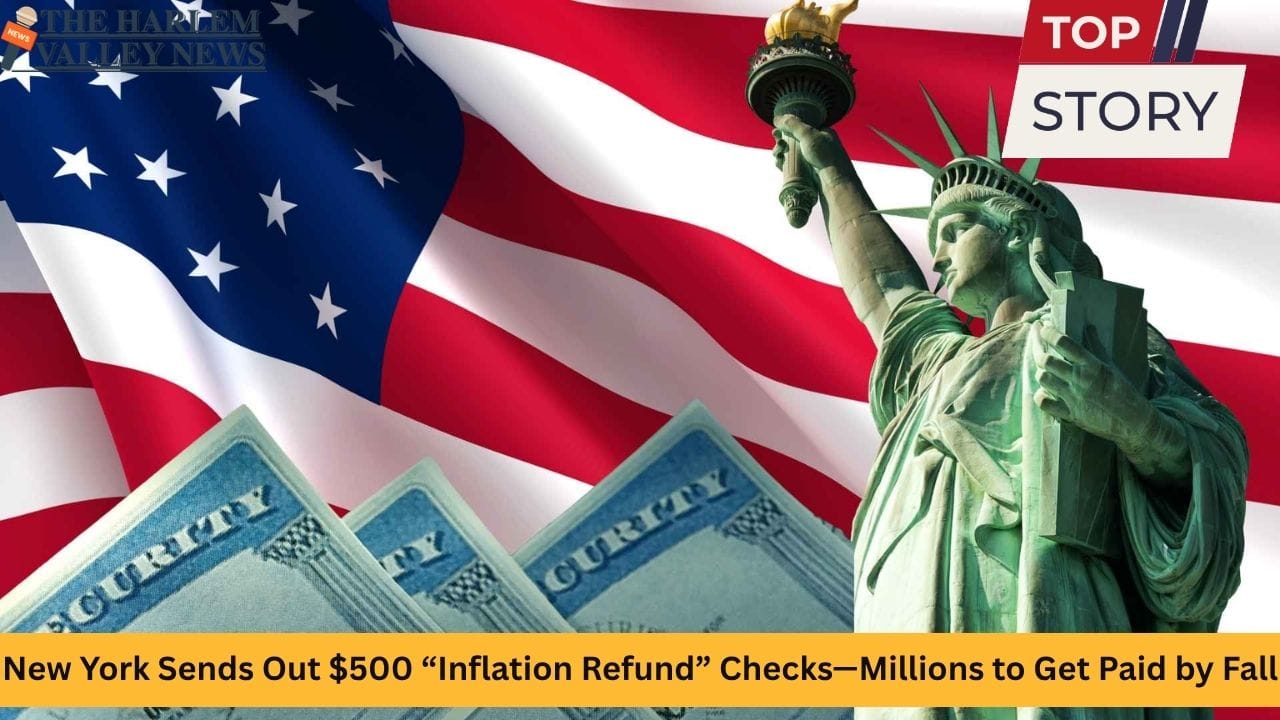
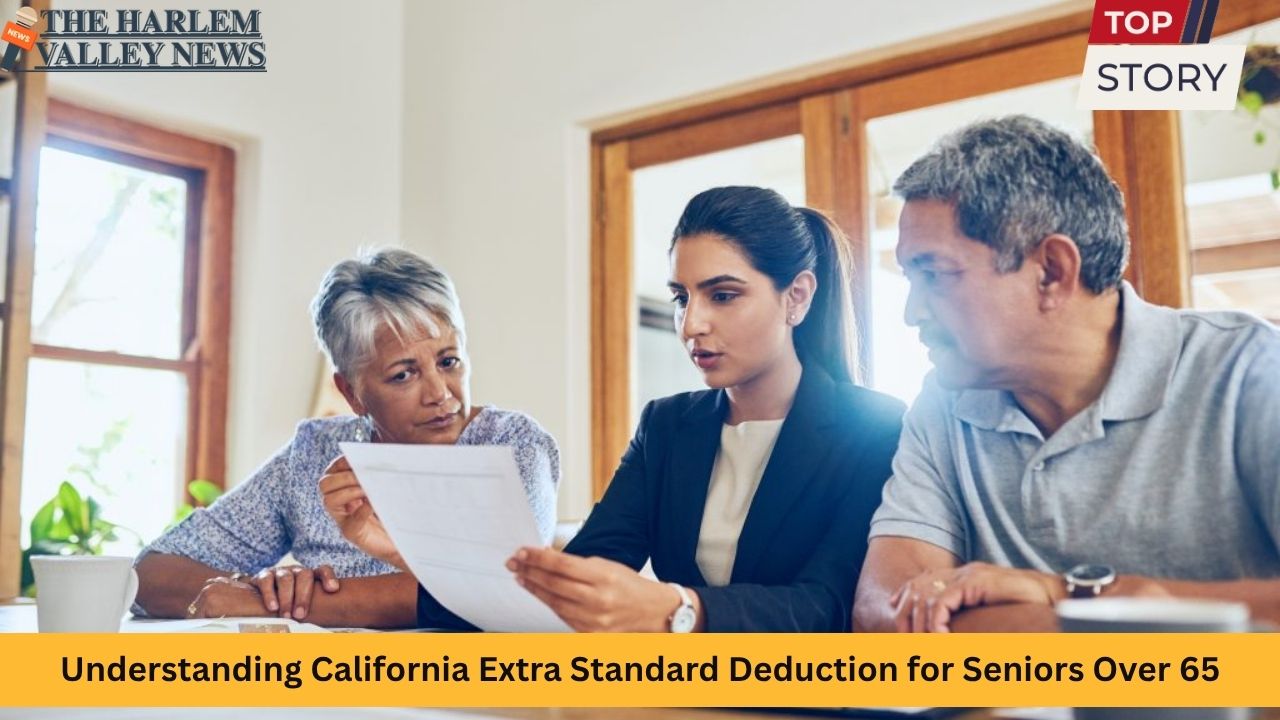


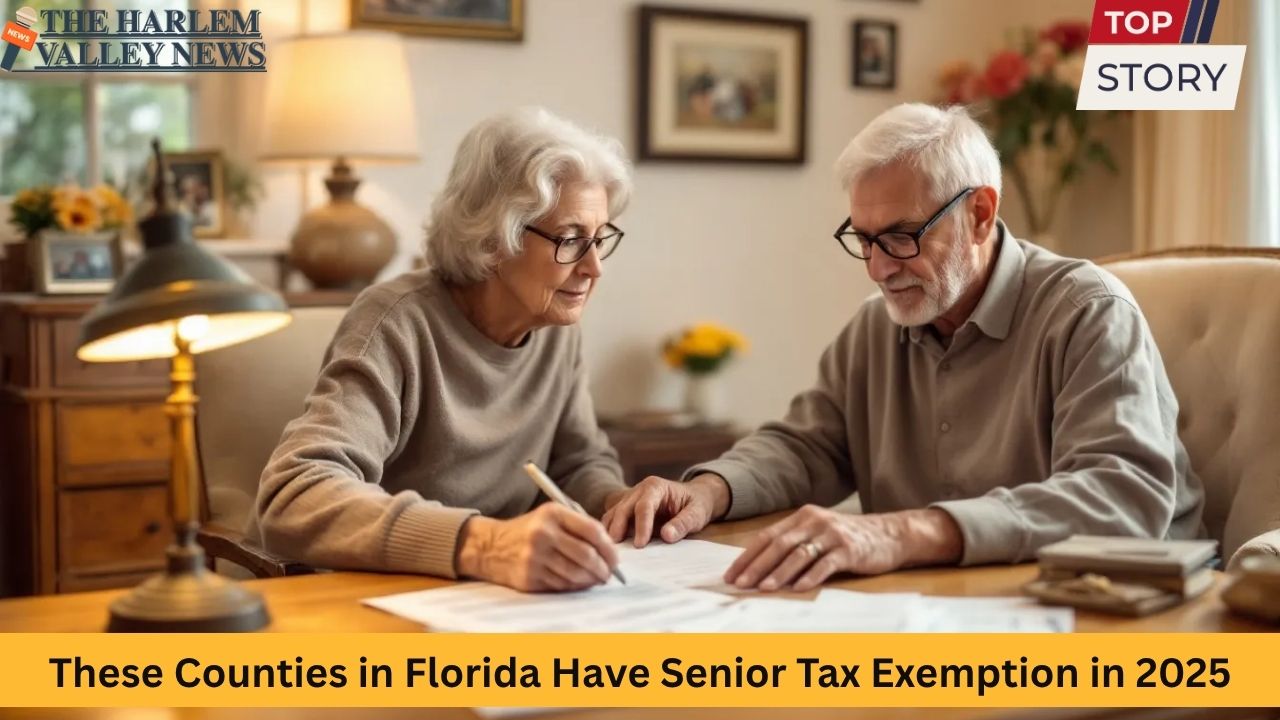
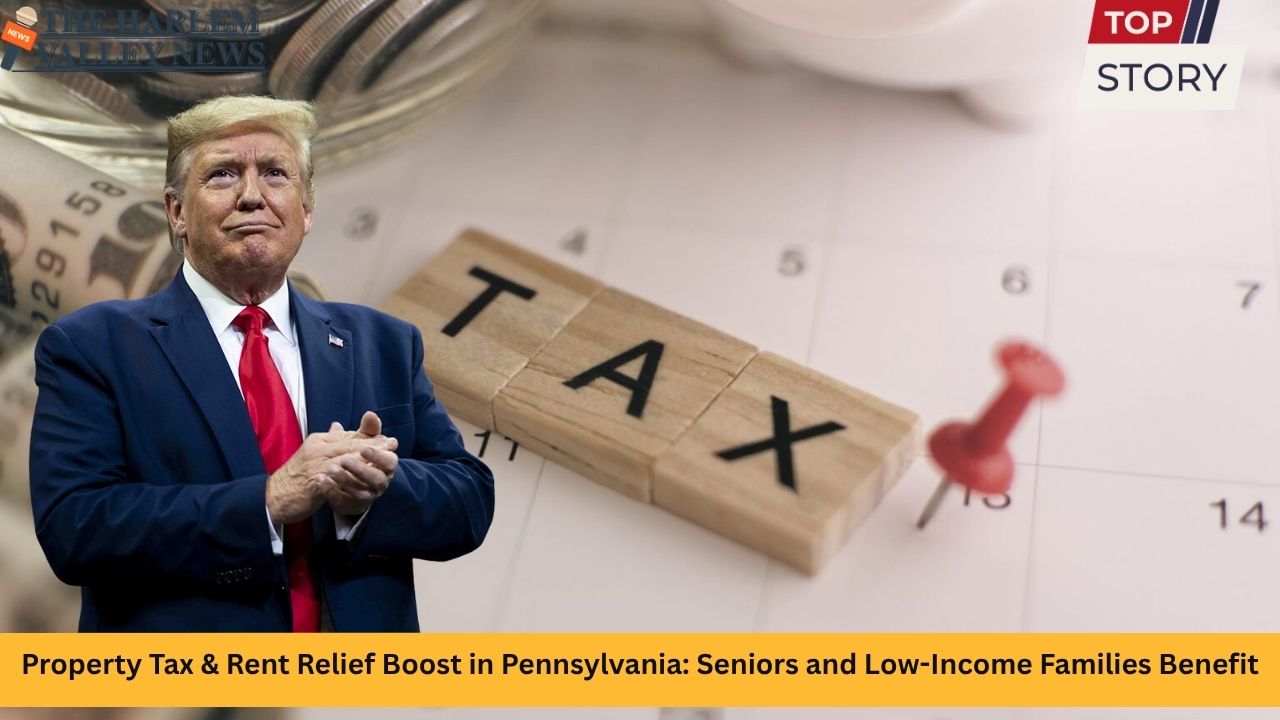
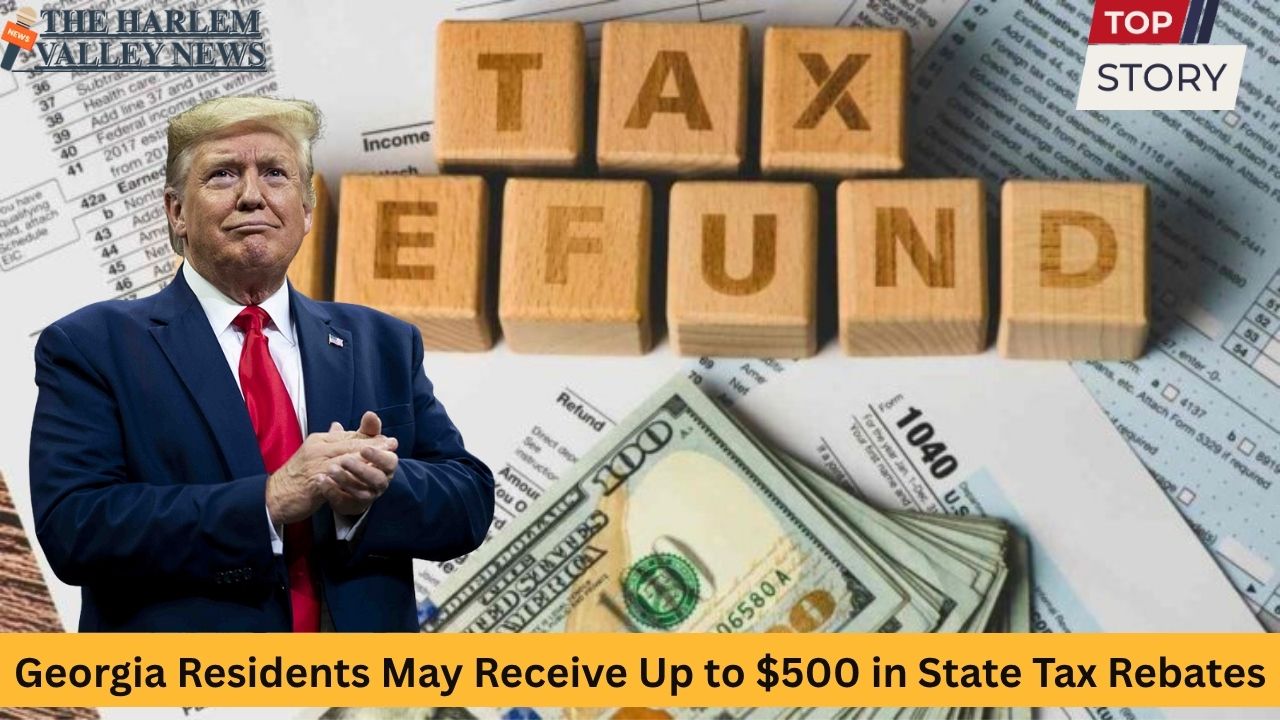
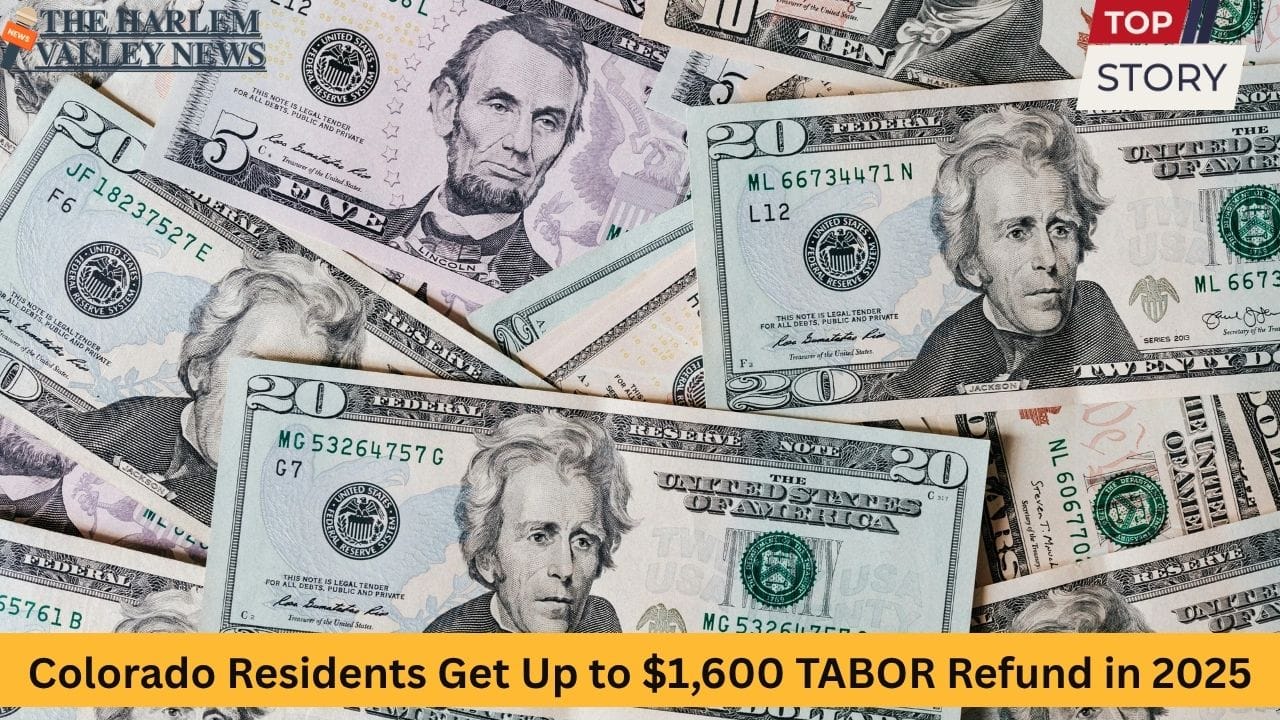

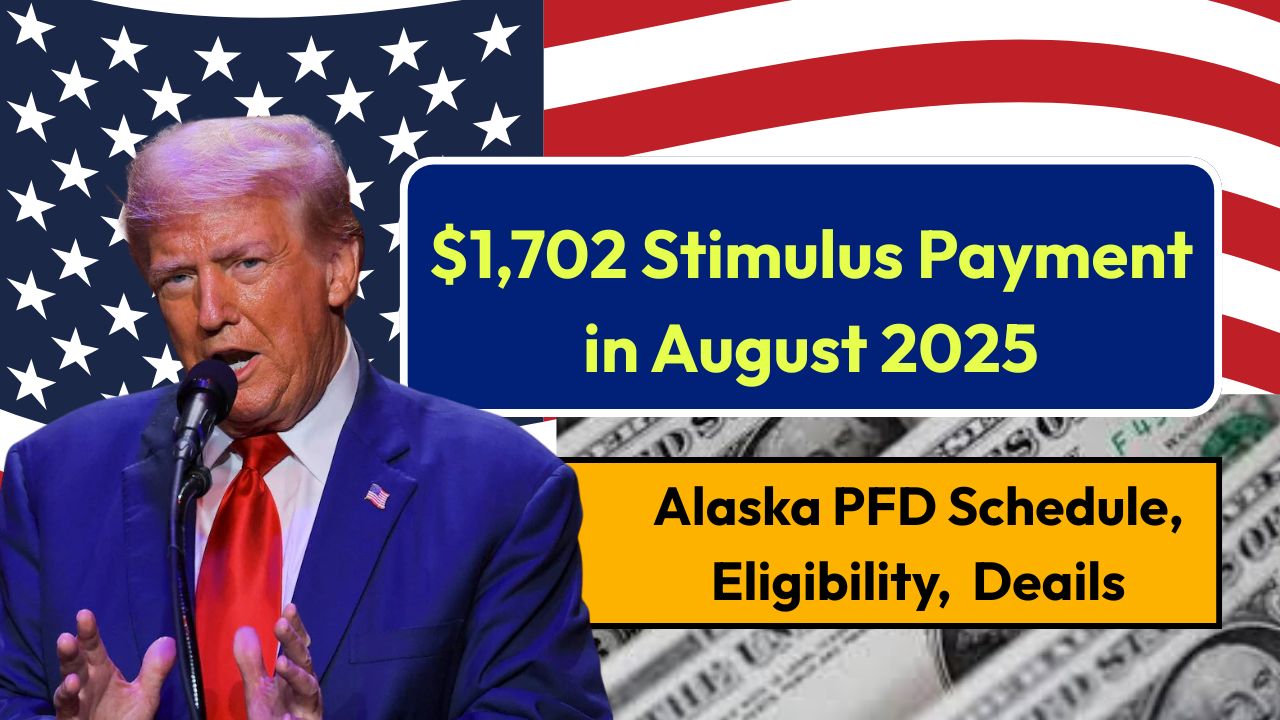

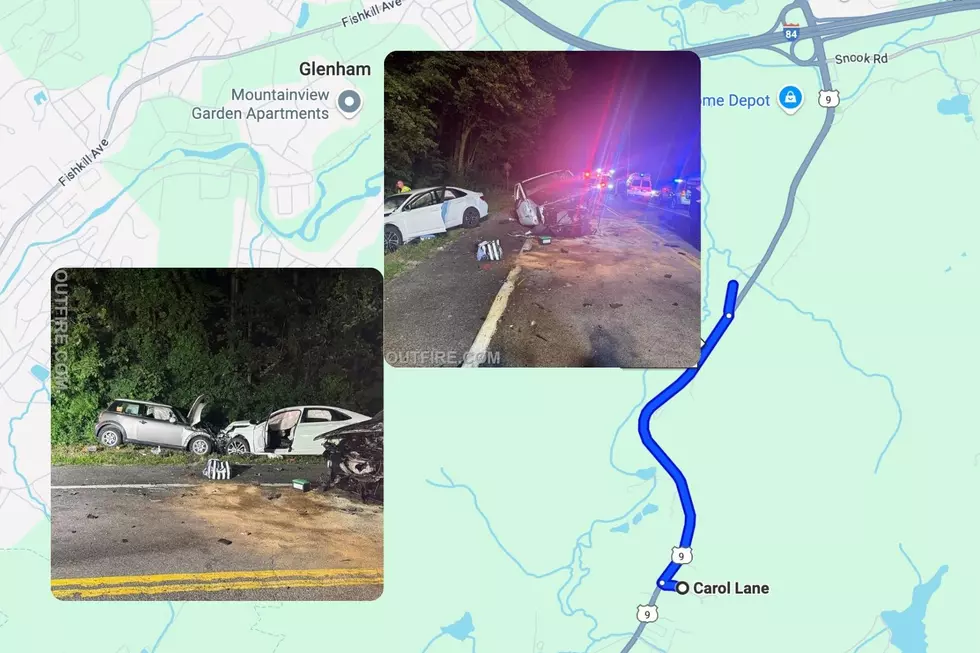
Leave a Reply